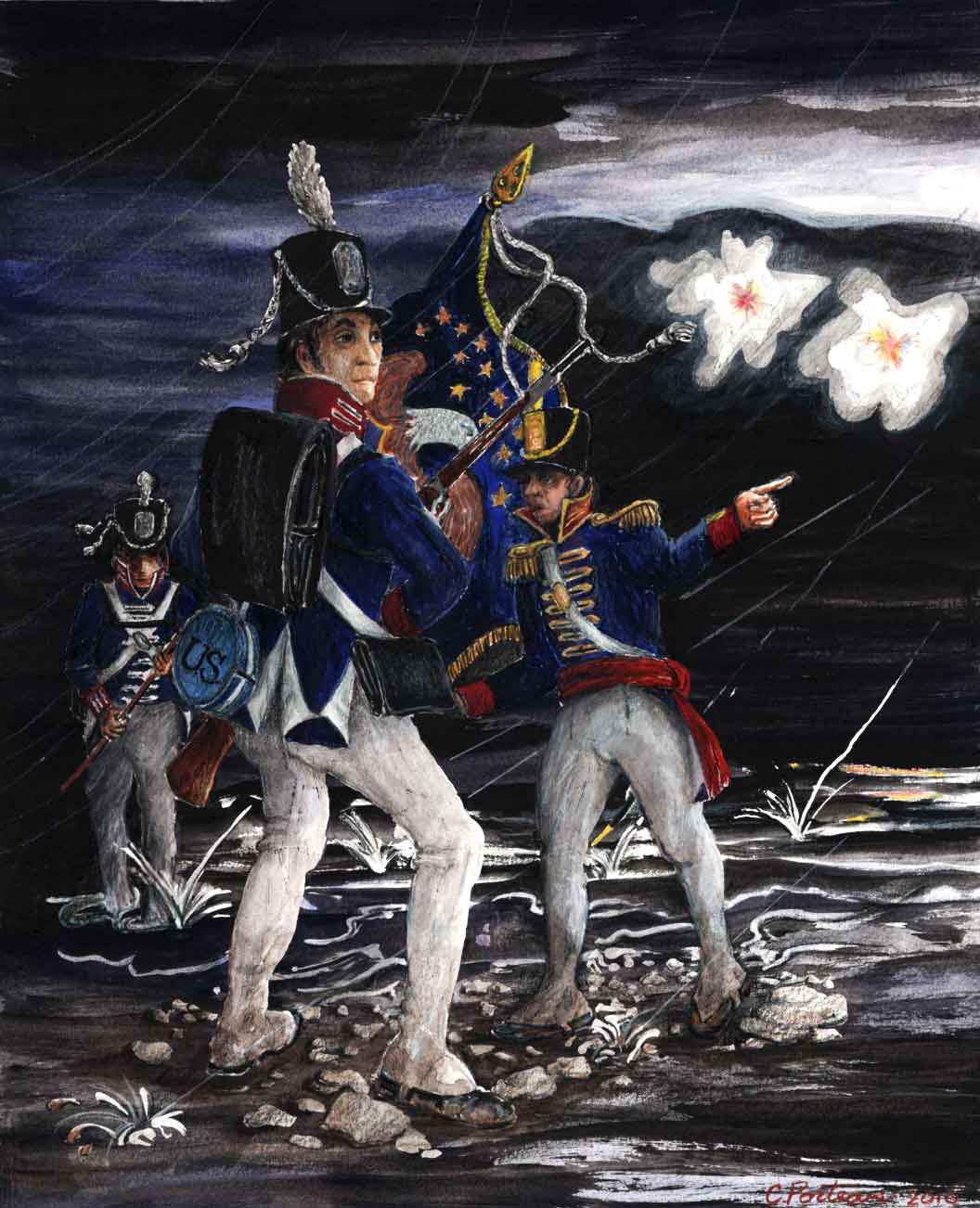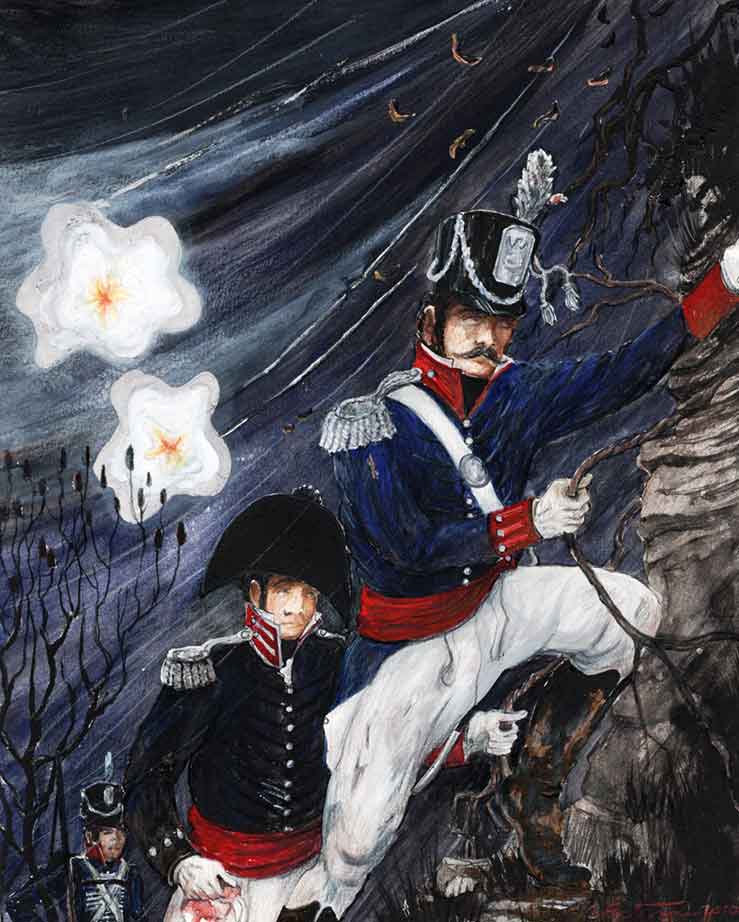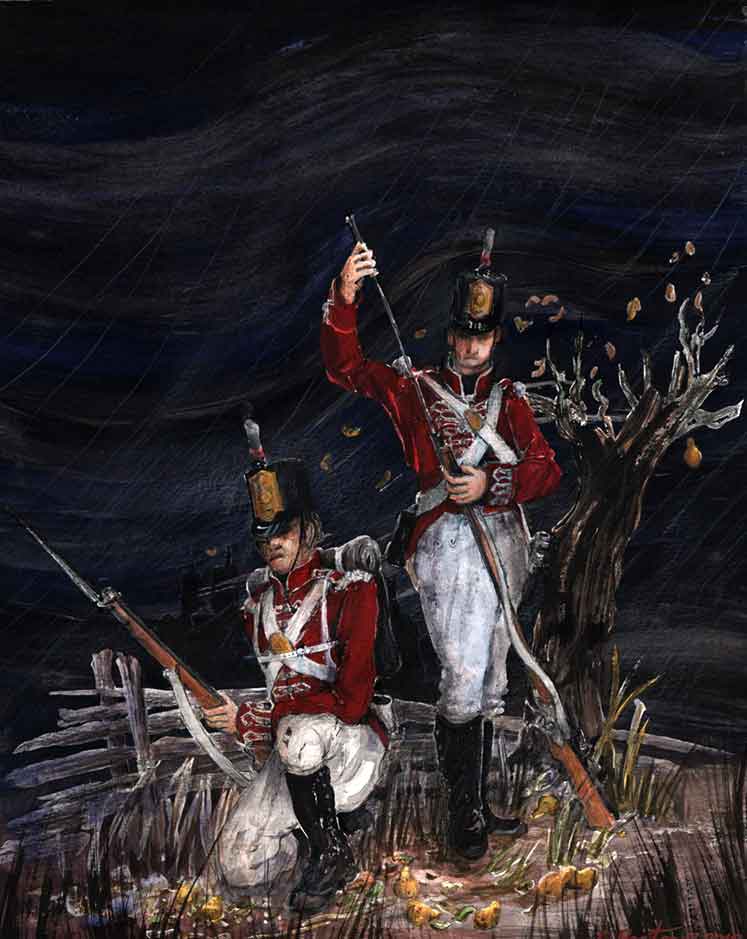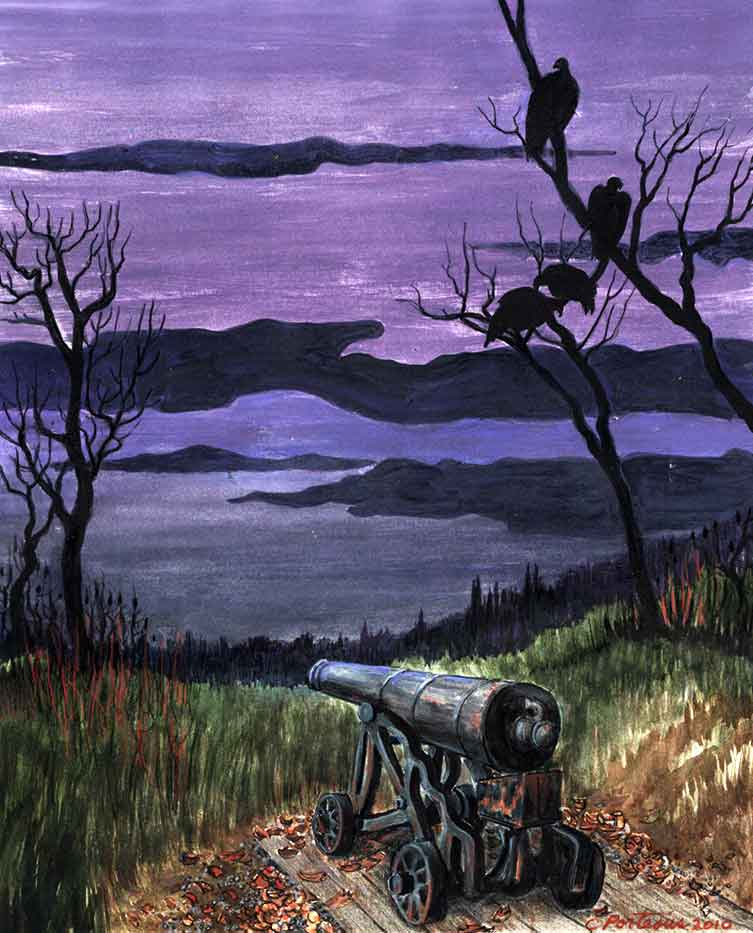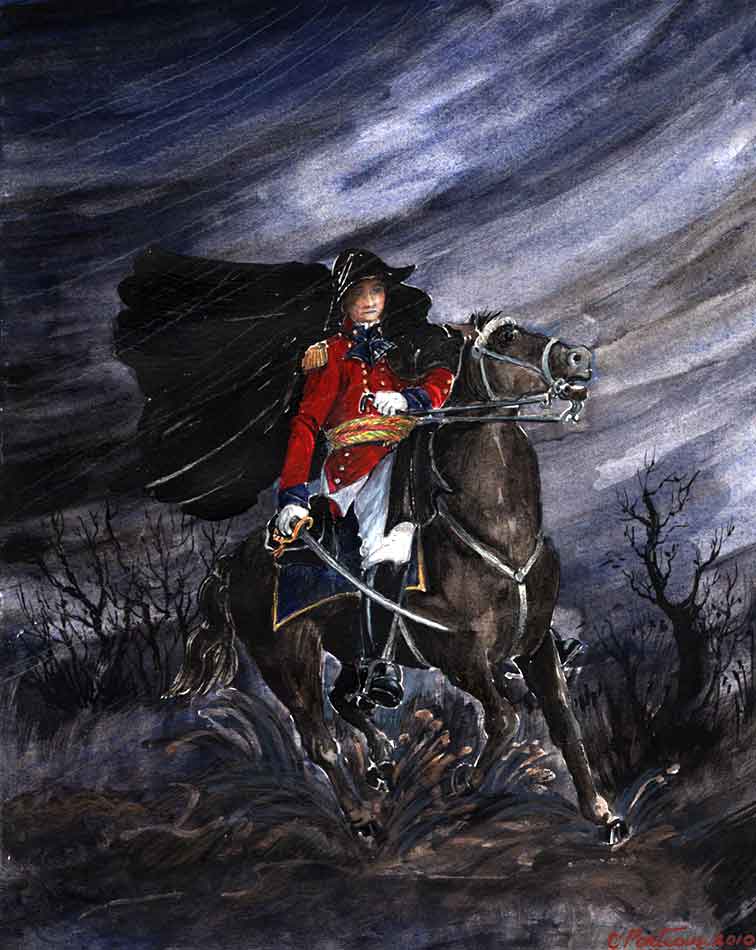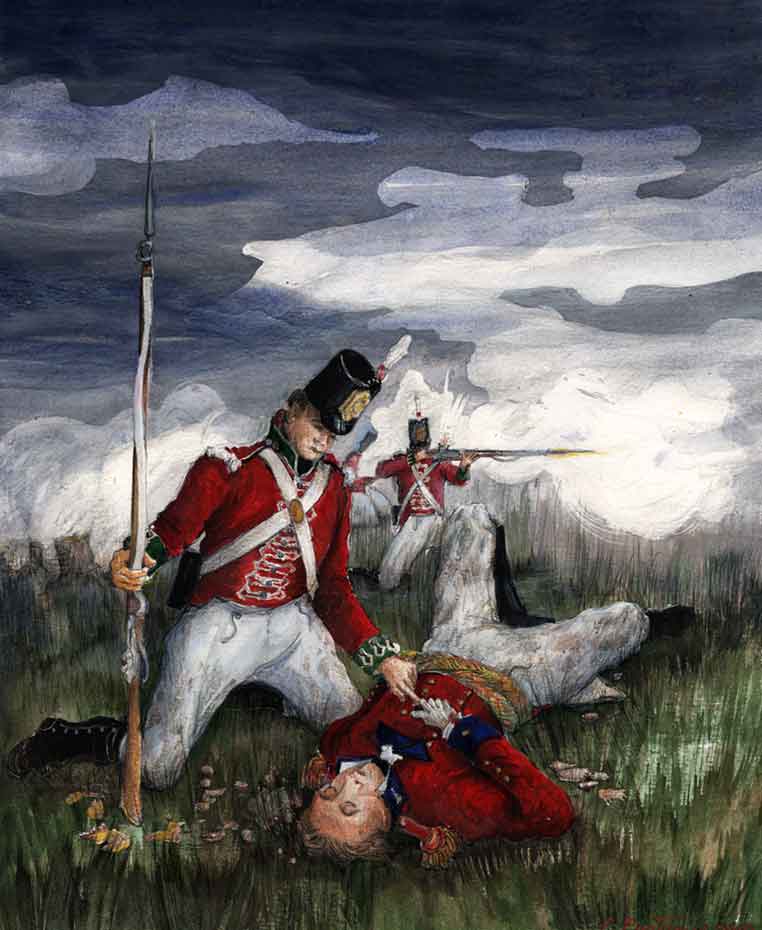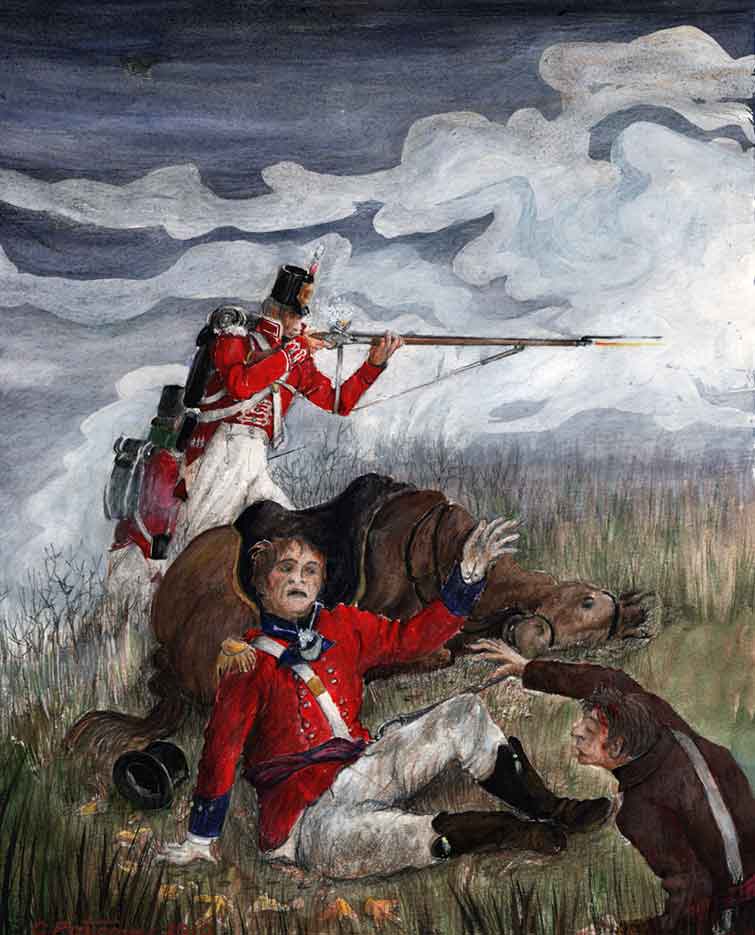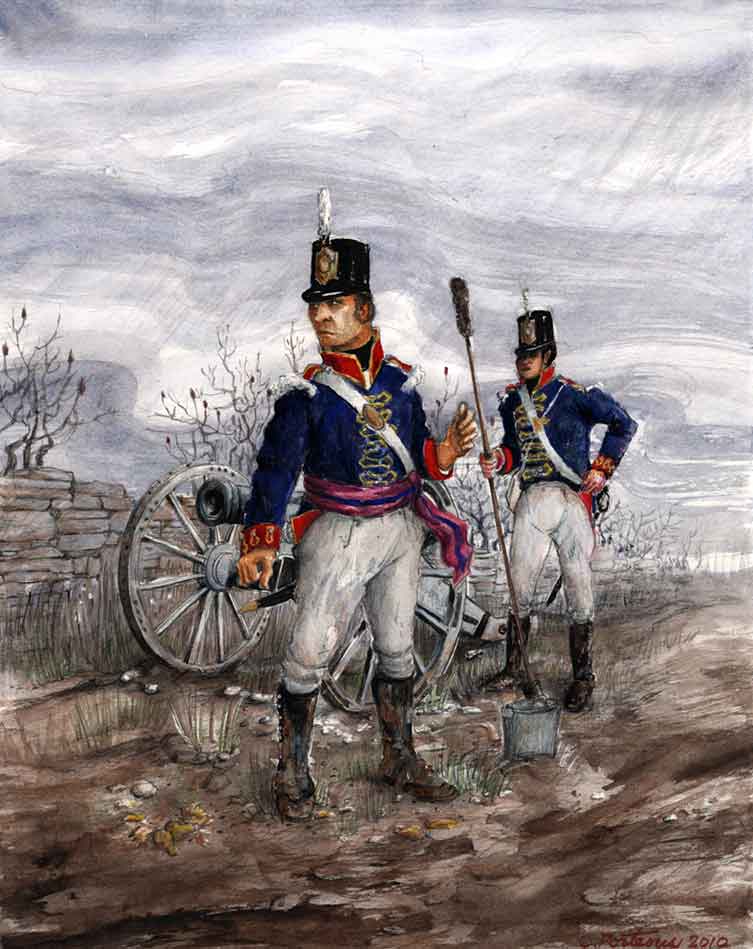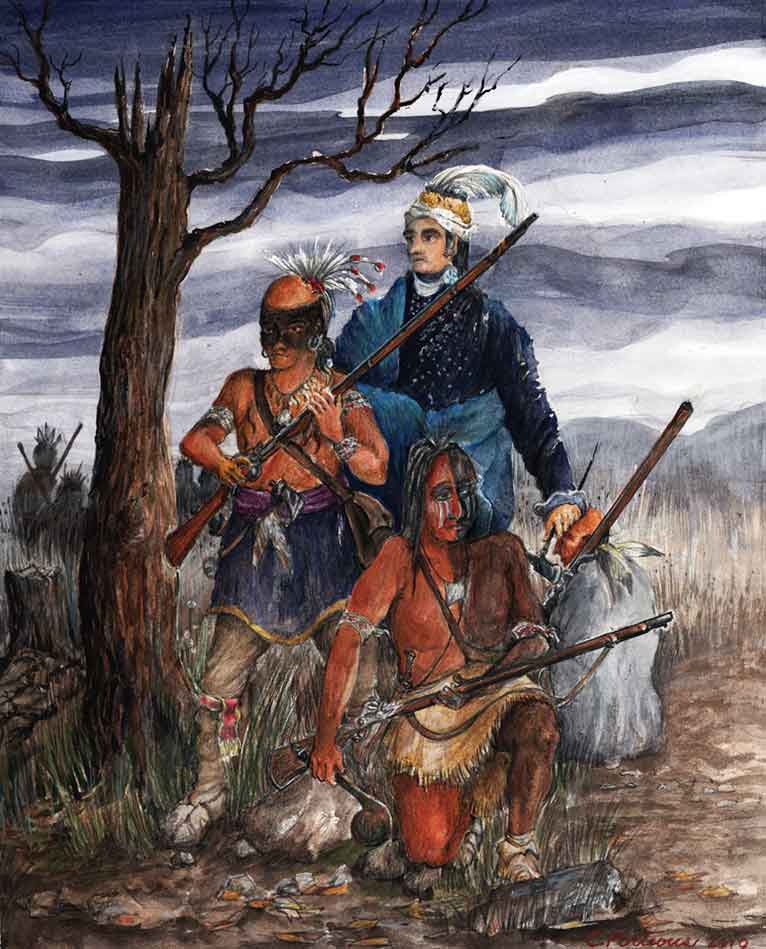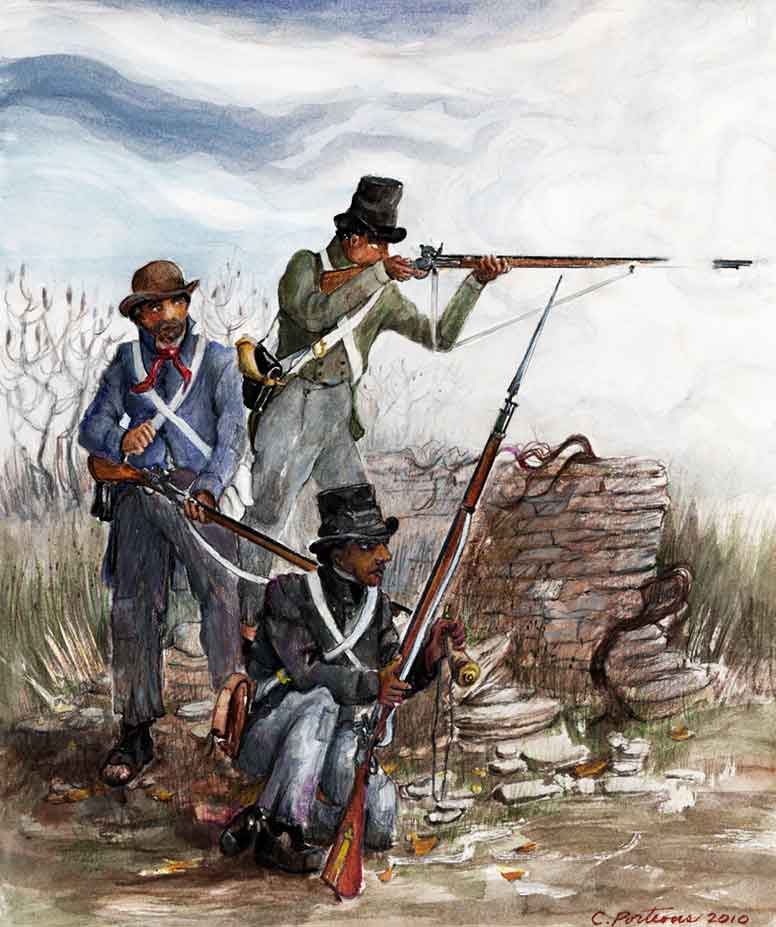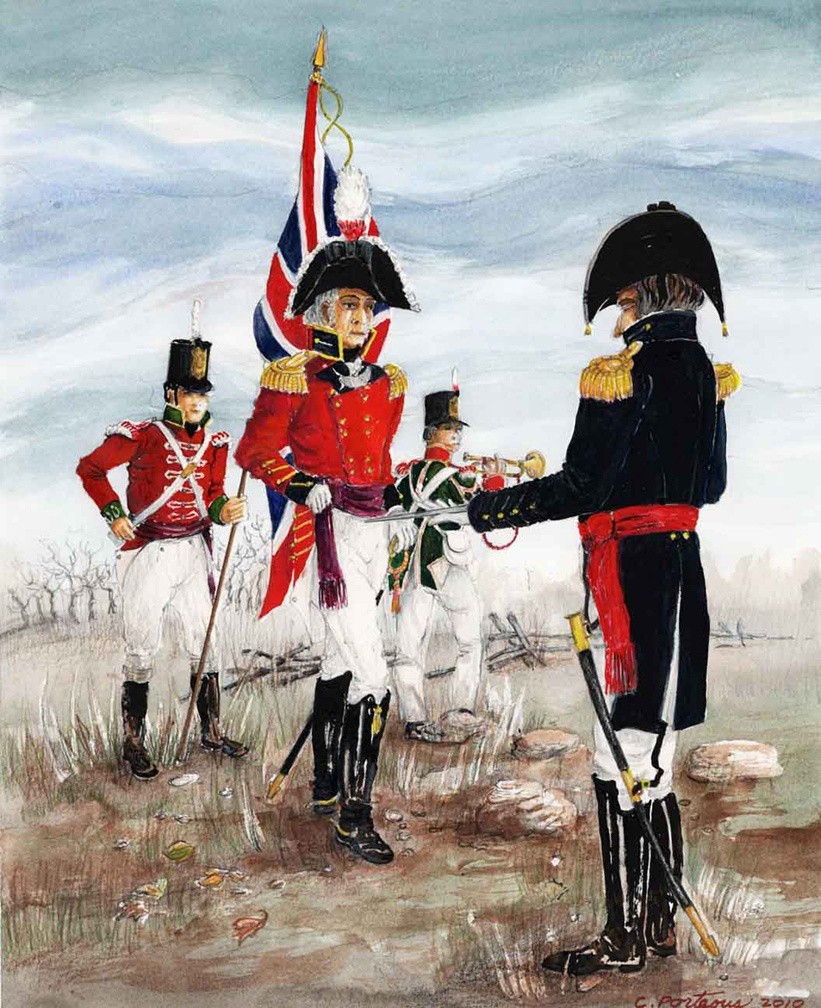Last 12 hours of the war of 1812
SETTLERS ALONG THE BORDER
Settlers along the border with the United States nervously work the fields expecting that at any minute to be called to arms in the militia but over the years , the idea that the Americans would invade began to wane. It was well known that the ambition of the United States was to make the whole of North America one country. The States were furious at having a complete disregard for their national sovereignty by having their ships boarded, confiscated and crews captured. The War Hawks in the US were growing restless and encouraged the invasion of Canada as soon as possible. The Kentucky Gazette proclaimed “that the taking of Canada was just a mere matter of marching.”


